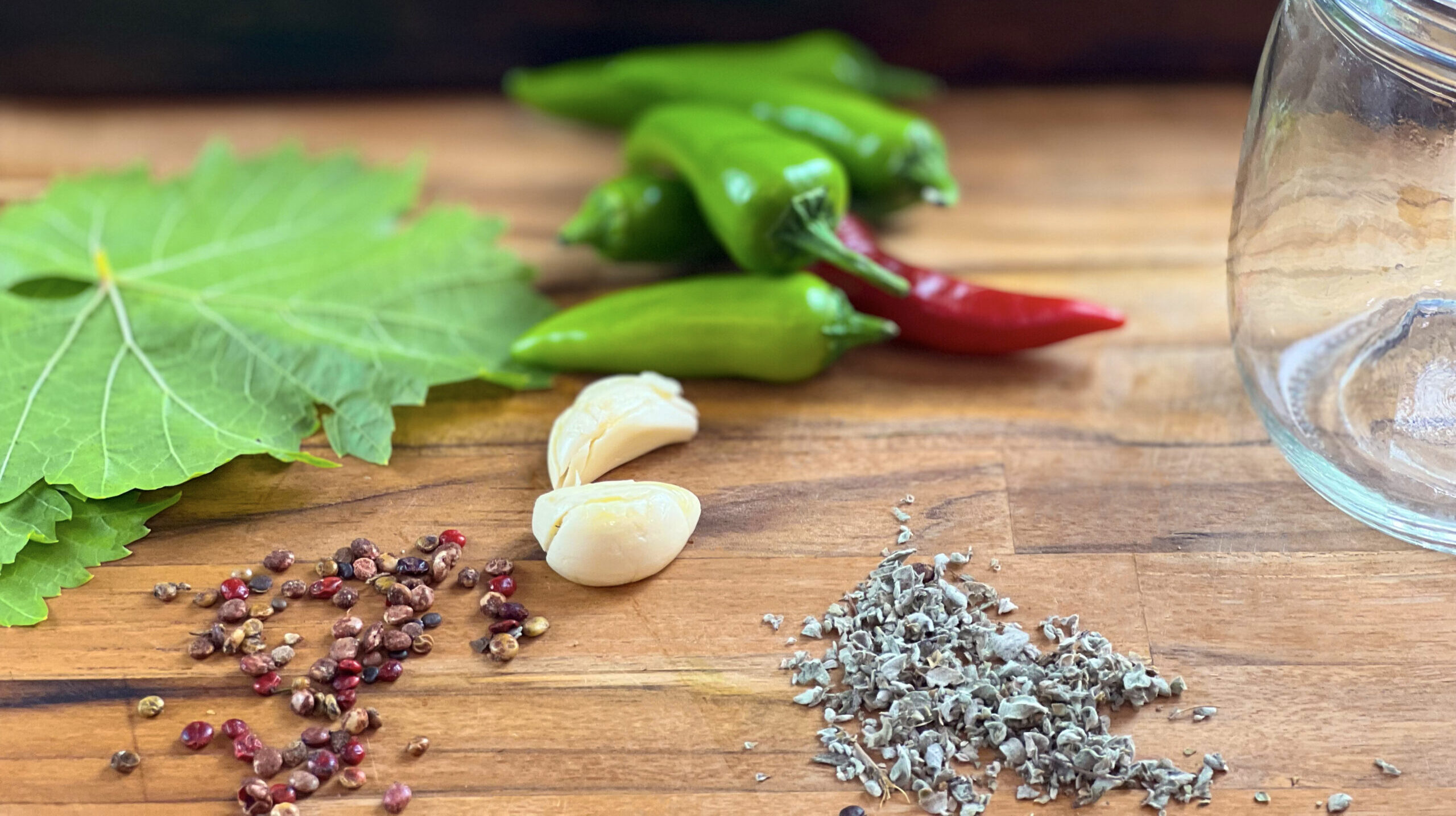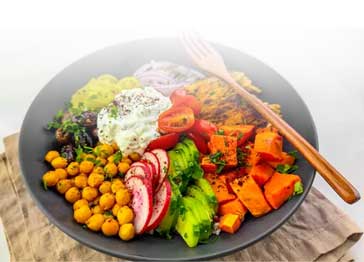Explore the bold, tangy world of homemade pickled jalapeños—this time with a Mediterranean twist! Infused with sumac, za’atar, and garlic, this easy recipe is the perfect way to use up fresh jalapeños and add a flavorful kick to any dish.
With fresh jalapeños overflowing from my garden, I decided to create something special: pickled jalapeños with a bold Mediterranean twist. Inspired by the vibrant flavors of sumac and za’atar, this quick and easy recipe adds a zesty, herby kick to any dish—no canning required!
I experimented with sliced radishes, red onions, and even cabbage to make the most of my harvest, and after just two days of brining, these crisp, tangy jalapeños were bursting with flavor. Perfect on sandwiches, in wraps, or straight from the jar!
Ingredients You’ll Need
Here’s what you’ll need to make these bold and tangy Mediterranean-style pickled jalapeños:
-
Jalapeño peppers – Washed, dried, and thinly sliced for quick, even pickling
-
Sumac berries – Add a bright, lemony flavor that’s signature to Mediterranean cooking
-
Dry za’atar – Earthy, herby, and aromatic—this gives your brine real depth
-
Garlic cloves – Smashed to release bold, savory flavor into the jar
-
Fresh grape leaves – Natural tannins help keep the jalapeños crisp and crunchy
For the Brine:
-
Water + white vinegar – A simple 5% vinegar solution for safe, balanced pickling
-
Sugar or honey – Adds a hint of sweetness to mellow the heat
-
Pickling salt or kosher salt – Essential for drawing out moisture and preserving the peppers
Pickled Jalapeños with a Mediterranean Twist
Pickling jalapeños doesn’t have to follow the usual dill-and-peppercorn routine. I use a classic 5% vinegar brine as the base, but infuse it with dry za’atar and whole sumac berries—a bold twist inspired by Mediterranean flavors.
If you’re wondering how to pickle jalapeños whole with a twist, this is it. No za’atar or sumac? No problem. You can swap in:
-
Whole black peppercorns
-
Dried thyme or oregano
The key is to let the brine mature over time—the longer it sits, the deeper the flavor.
Why I Add Grape Leaves When Pickling
Grape leaves help keep the jalapeños crisp by releasing natural tannins into the brine. They work as a traditional, natural firming agent.
Can’t find grape leaves? Try:
-
Bay leaves
-
Collard greens
-
Cherry leaves (if available)
These all help prevent your peppers from going soft during storage.
Controlling the Heat
If you love heat, leave the seeds in. If you want a milder kick, remove some or all of the seeds before pickling. Always wear gloves when handling fresh jalapeños—they can burn your hands long after you’re done slicing!
How to Use Pickled Jalapeños
Pickled jalapeños add a punch to almost anything! Try them:
-
On burgers or sandwiches
-
In breakfast wraps or scrambled eggs
-
Over grain bowls or tacos
-
Tossed into salads or alongside pickled carrotsWant more pickling ideas? Check out my pickled green tomatoes and pickled banana peppers, too!
Fresh vs. Pickled Jalapeños
Fresh jalapeños bring the heat, but pickled ones bring depth and complexity. The pickling process mellows the spice and adds tangy, earthy notes, especially when you infuse the brine with herbs like za’atar and sumac.
Step-by-Step Instructions
Start with the Brine
While the brine cools, prepare your jar. Make sure it’s clean and dry—this helps prevent any unwanted bacteria from spoiling your pickles.
Slice the Jalapeños

Layer the Flavor


Pour, Cover & Chill

Seal the jar tightly with a lid and place it in the fridge. Let the jalapeños pickle for at least 2 days before enjoying—the flavor gets even better the longer they sit!
Ingredients:
| 15 jalapeno peppers (washed dry and sliced thin) | |
| 15 sumac berries | |
| 2 tablespoons dry zaatar | |
| 2 garlic cloves (smashed) | |
| 6 fresh grape leaves |
Brine:
| 1 cup filtered water | |
| 1 cup white distilled vinegar 5% | |
| 4 tablespoons sugar or honey | |
| 2 ½ teaspoons pickling salt or kosher salt |
Preparation
In a small saucepan, combine the water and vinegar, and bring it to a gentle boil over medium heat. Once it reaches a boil, turn off the heat and stir in the sugar and salt. Whisk until fully dissolved, then set the brine aside to cool to room temperature. While the brine cools, prepare your jar. Make sure it’s clean and dry—this helps prevent any unwanted bacteria from spoiling your pickles.
Put on kitchen gloves before handling the jalapeños to protect your hands from lingering heat. Using a sharp knife or mandoline, slice the peppers into thin, even rounds—about 1/8-inch thick. This helps them pickle quickly and evenly.
Place four grape leaves at the bottom of a clean glass jar. Add the smashed garlic cloves, then sprinkle in the sumac berries and dry za’atar. Pack the sliced jalapeños into the jar, pressing down gently to make room if needed.
Pour the cooled brine into the jar, making sure the jalapeños are completely submerged. Lay the remaining two grape leaves over the top to help keep the peppers pressed down and crisp. Seal the jar tightly with a lid and place it in the fridge. Let the jalapeños pickle for at least 2 days before enjoying—the flavor gets even better the longer they sit!








I’d love to hear what you think!
Did you enjoy these pickled jalapeños? Have a twist of your own to share?
Leave a comment below—I love hearing from you, and your feedback helps me keep the good stuff coming!